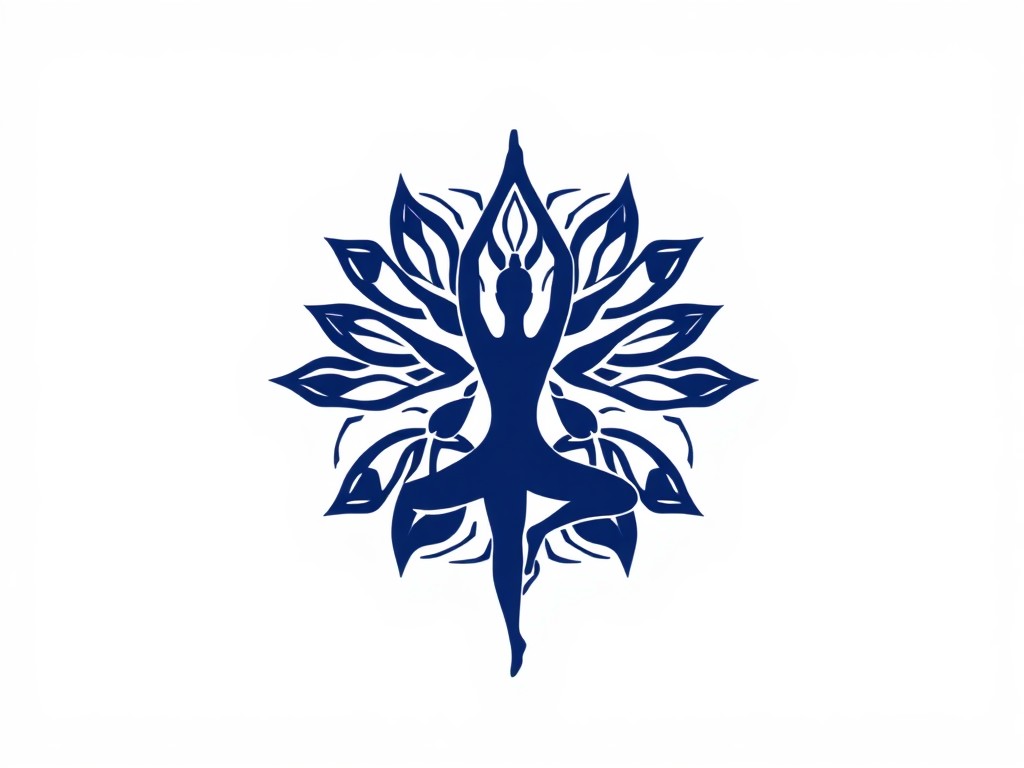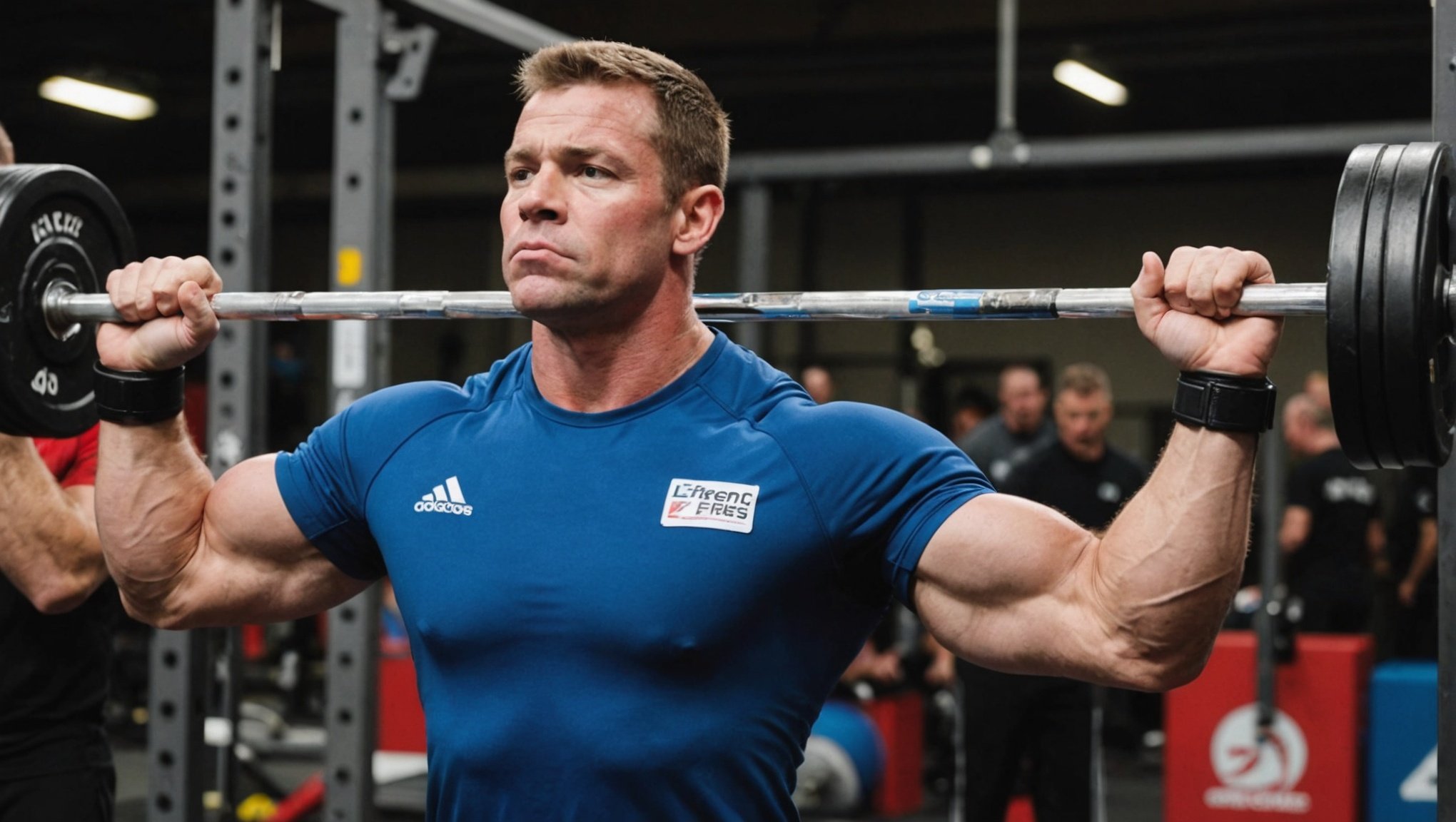Breathing is more than just the process of taking in oxygen and expelling carbon dioxide. It’s a complex function, involving several muscles and body systems, including the diaphragm and the core. The way we breathe can have significant impacts on our overall health, and more specifically, it plays a vital role in strength training and muscle building exercises. For powerlifters and athletes, understanding the correlation between various breathing techniques and the strength of the diaphragm can significantly enhance their performance.
The Role of Breathing in Strength Training
Before we delve into specific breathing techniques, it’s essential to understand how breathing impacts strength training. Breathing is closely linked to your body’s ability to perform high-intensity exercises such as squats, deadlifts, and bench presses. Focusing on your breath can help enhance your strength, improve your muscle function, and boost your overall performance.
Have you seen this : How can advanced heart rate monitoring techniques guide strength training sessions?
During exercise, your respiratory system works overtime to ensure that your muscles receive the oxygen they need. This increased demand for oxygen leads to an increased breathing rate. But not just any type of breathing will do. Proper breathing during strength training exercises involves engaging the diaphragm, a dome-shaped muscle at the bottom of your chest. This muscle plays a vital role in breathing, and training it can greatly increase your strength and performance.
The diaphragm and the core are interconnected. During a breath, your diaphragm contracts and creates a vacuum in your chest, drawing air into your lungs. This diaphragm contraction also increases intra-abdominal pressure, providing additional support to your spinal column and effectively turning your core into a solid, stable base for lifting heavy weights.
Also to read : What are the optimal protein sources for vegetarians engaged in strength training?
The Valsalva Maneuver: Breathing Technique for Strength
One of the most popular breathing techniques used by powerlifters and athletes is the Valsalva Maneuver. This technique involves taking a deep breath and holding it while performing an exercise. The held breath increases the pressure in the abdominal and thoracic cavities, providing additional support for the spine during heavy lifting.
Implementing the Valsalva Maneuver can help powerlifters increase their maximal force production. However, it is important to note that this technique should be used carefully. Holding your breath for too long can lead to a significant increase in blood pressure and may result in dizziness or fainting.
Diaphragmatic Breathing: Training the Diaphragm
Diaphragmatic breathing, or "belly breathing," is an excellent way to strengthen the diaphragm and improve overall breathing efficiency. It involves consciously engaging the diaphragm, allowing it to do most of the work during inhalation and exhalation.
To perform diaphragmatic breathing, lie down on your back and place one hand on your chest and the other on your stomach. Take a slow, deep breath through your nose, ensuring that the hand on your stomach rises higher than the one on your chest. This indicates that your diaphragm is pulling in ample air. Exhale slowly through your mouth, pushing out as much air as you can while contracting your abdominal muscles.
Implementing this technique into your daily routine can help strengthen your diaphragm, improving your body’s efficiency during exercise and potentially enhancing your lifting performance.
Pranayama: An Ancient Breathing Technique for Modern Athletes
Pranayama is a yogic breathing technique that involves controlling the breath to alter the body’s energy flow. This ancient practice has several benefits for modern powerlifters and athletes, including improved focus, reduced stress, and increased lung capacity.
One popular Pranayama practice among athletes is the "alternate nostril breathing." It involves inhaling through one nostril while closing the other, holding the breath, and then exhaling through the opposite nostril. This technique aids in balancing the body’s energy and promotes a calm, focused state of mind – crucial for powerlifters who require intense concentration during their lifts.
The Impact of Breathing on Performance
Breathing is more than just a necessary bodily function – it’s a powerful tool that powerlifters can use to enhance their performance. Whether it’s the Valsalva Maneuver, diaphragmatic breathing, or Pranayama, each technique offers unique benefits to the athlete.
By consciously controlling their breath, powerlifters can increase their diaphragm strength, improve muscle function, and enhance their overall performance. However, it’s important to remember that breathing techniques should be practiced under professional guidance, especially when implementing them during high-intensity exercises like powerlifting.
Implementing Breathing Techniques during Powerlifting
Incorporating breathing techniques during powerlifting can greatly enhance performance. When done correctly, breathing techniques can increase diaphragm strength, leading to improved muscle function and enhanced overall performance. However, practicing these techniques should be under professional guidance to avoid any potential adverse effects.
The Valsalva maneuver, widely used by powerlifters, involves holding the breath during the lift to increase intra-abdominal and thoracic pressure. This, in turn, provides extra support to the spine during heavy lifting. However, caution is advised as holding the breath for an extended period can lead to an unhealthy increase in blood pressure, potentially causing dizziness or fainting.
Diaphragmatic breathing, also known as "belly breathing," is another effective method of strengthening the diaphragm. This technique involves consciously breathing into the diaphragm rather than the chest. Practicing this technique daily can improve lung function, leading to more efficient respiration during exercise.
Pranayama, an ancient yogic breathing technique, involves controlling the breath to alter the body’s energy flow. This technique has been shown to improve focus, reduce stress, and increase lung capacity – all beneficial attributes for powerlifters.
Conclusion: Breathing Techniques are a Powerful Tool for Powerlifters
In conclusion, various breathing techniques can have a significant impact on diaphragm strength in powerlifters. The conscious control of breath during exercise not only helps to enhance performance but also improves overall health by enhancing lung function, reducing stress, and improving focus.
Powerlifters seeking to optimize their performance should consider implementing these techniques into their training regimen. Whether it’s the Valsalva maneuver for improved spinal support during heavy lifting, diaphragmatic breathing for enhanced respiratory efficiency, or Pranayama for better focus and increased lung capacity, each technique offers unique benefits.
The take-home message is that breathing is not just a passive process that happens in the background. It’s a powerful tool that, when used correctly, can significantly enhance powerlifting performance. However, remember that these techniques should be practiced under professional guidance.
For those interested in further exploring this topic, resources such as google scholar and pubmed google offer a wealth of scientific articles on the subject. These include studies on respiratory muscle strength, forced exhalation, heart rate, and blood pressure during powerlifting exercises such as the squat, deadlift, and bench press.






